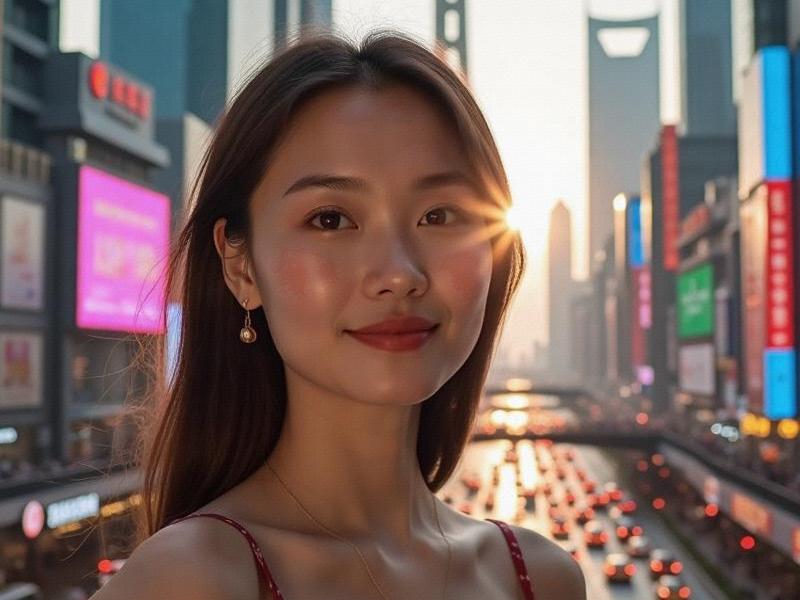
Section 1: Historical Context
- Early 20th Century Foundations:
Haipai culture's fusion aesthetics
The qipao revolution of the 1930s
Socialist era uniformity (1950s-1970s)
- Reform Period Transformations:
Foreign beauty brand entry (1980s)
Luxury consumption boom (1990s-2000s)
Digital age democratization (2010s-present)
Section 2: The Contemporary Landscape
- Demographic Insights (2025 Data):
72% of Shanghai women hold college degrees
Average marriage age: 31.8 years
夜上海最新论坛 45% of senior executives are female
- Consumer Behavior:
¥22,800 annual beauty spending per capita
61% prefer "smart beauty" devices
54% prioritize skincare regimens
Section 3: Industry Evolution
- Market Analysis:
¥48 billion Shanghai beauty market
38% growth in clean beauty sector
29% decline in surgical procedures
- Emerging Trends:
上海龙凤阿拉后花园 AI-powered personalized cosmetics
Heritage ingredient revival
Gender-neutral beauty lines
Section 4: Cultural Dynamics
- Value Shifts:
83% reject single beauty standard
67% value confidence over appearance
58% oppose excessive photo editing
- Generational Differences:
Post-90s digital natives
Millennial career women
Silver generation redefinition
上海夜网论坛 Section 5: Global-Local Synthesis
- Western Influences:
Modified Kardashian aesthetics
Localized global campaigns
Cross-cultural collaborations
- Eastern Innovations:
Guochao (national trend) movement
Traditional medicine integration
Cultural confidence expressions
Conclusion: The Shanghai Model
Shanghai women are crafting a sophisticated beauty philosophy that balances global awareness with cultural authenticity, offering an alternative to both Western ideals and traditional Eastern expectations while maintaining the city's distinctive cosmopolitan character.
